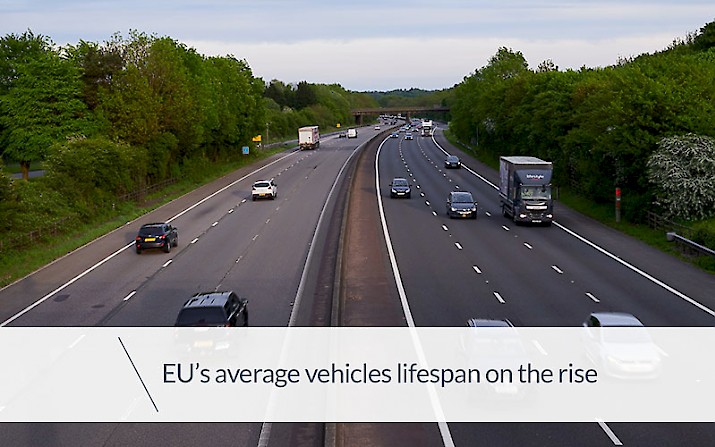
The advent of electric cars has enabled a revolution in the automotive sector, within the context of an increased awareness of environmental sustainability challenges and the gradual transition to greener mobility options.
However, despite continuous technological advances and the increasing availability of more efficient and affordable electric vehicles, Europe is facing an unexpected paradox; the average age of cars on the road continues to rise.
According to data provided by the ACEA - European Automobile Manufacturers' Association, this contradictory phenomenon raises crucial questions about the current status of the transition to sustainable mobility and the actual short-term impact electric cars can have on the European car fleet.
Let's take a deeper dive into the facts together.
Data from the ‘Vehicles on European roads’ report
The latest “Vehicles on European roads” report, published by ACEA in February 2024, shows how sales figures for vehicles fitted with different engine types (particularly electric vehicles), tell a different story to the actual situation regarding vehicles on European roads.
Indeed, as mentioned, although EVs were the third most popular choice among new car buyers last year, with a market share of almost 15%, they account for only 1.2% of vehicles on EU roads.
This ACEA report clearly states that it can take several years, even decades, before older, less efficient vehicles are replaced by newer ones equipped with cleaner, more environmentally friendly technologies.
The age of cars on the road in the European Union
According to ACEA, there are approximately 290 million vehicles on the EU roads (updated figure to 2022), with an average age of 12.3 years. In some countries, cars may be on average up to 14 to 17 years old, as is the case in Estonia and Greece, respectively.
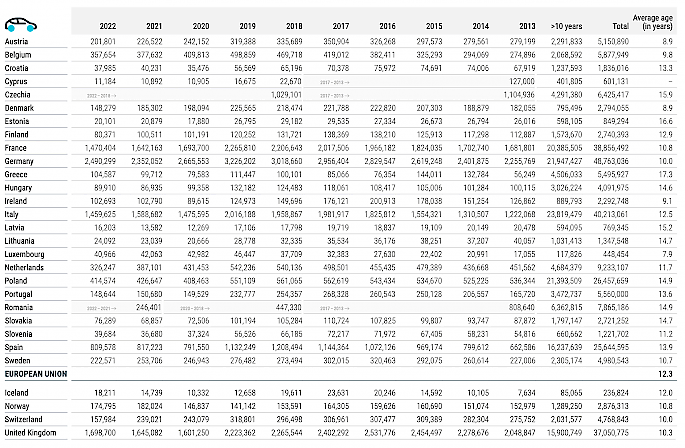
Trucks are, in general, the oldest vehicle segment, with an EU average of 13.9 years (and peaks as high as 23.2 years in Iceland), while the average for both buses and vans is 12.5 years.
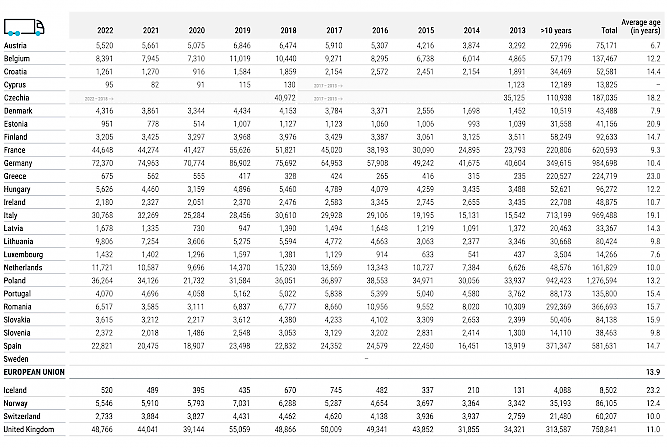
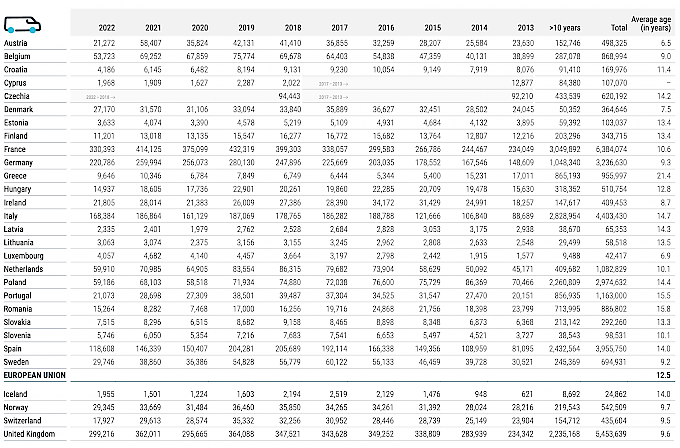
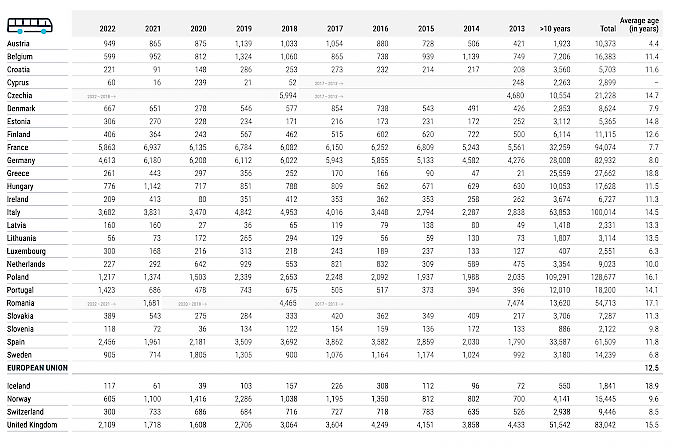
The most striking fact, however, is the following: since 2018, the average age of all vehicles segments has increased by about one year.
Conclusions
The data published by ACEA provides a very eye-opening snapshot of the European car market and the decarbonisation policies already implemented, and to be implemented in the future, at the European Union level.
Indeed, the growing number of obsolete vehicles on the roads reinforces the importance of accelerating the deployment of electric and other low-emission vehicles in Europe.
However, legislative targets are not enough. Europe needs recharging infrastructures plus tax and purchase incentives to stimulate demand and get vehicles onto European roads with newer, more efficient, clean and environmentally friendly engines.



